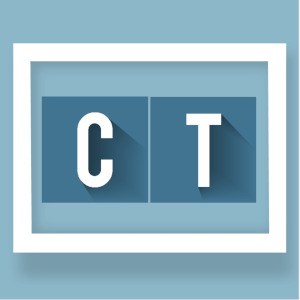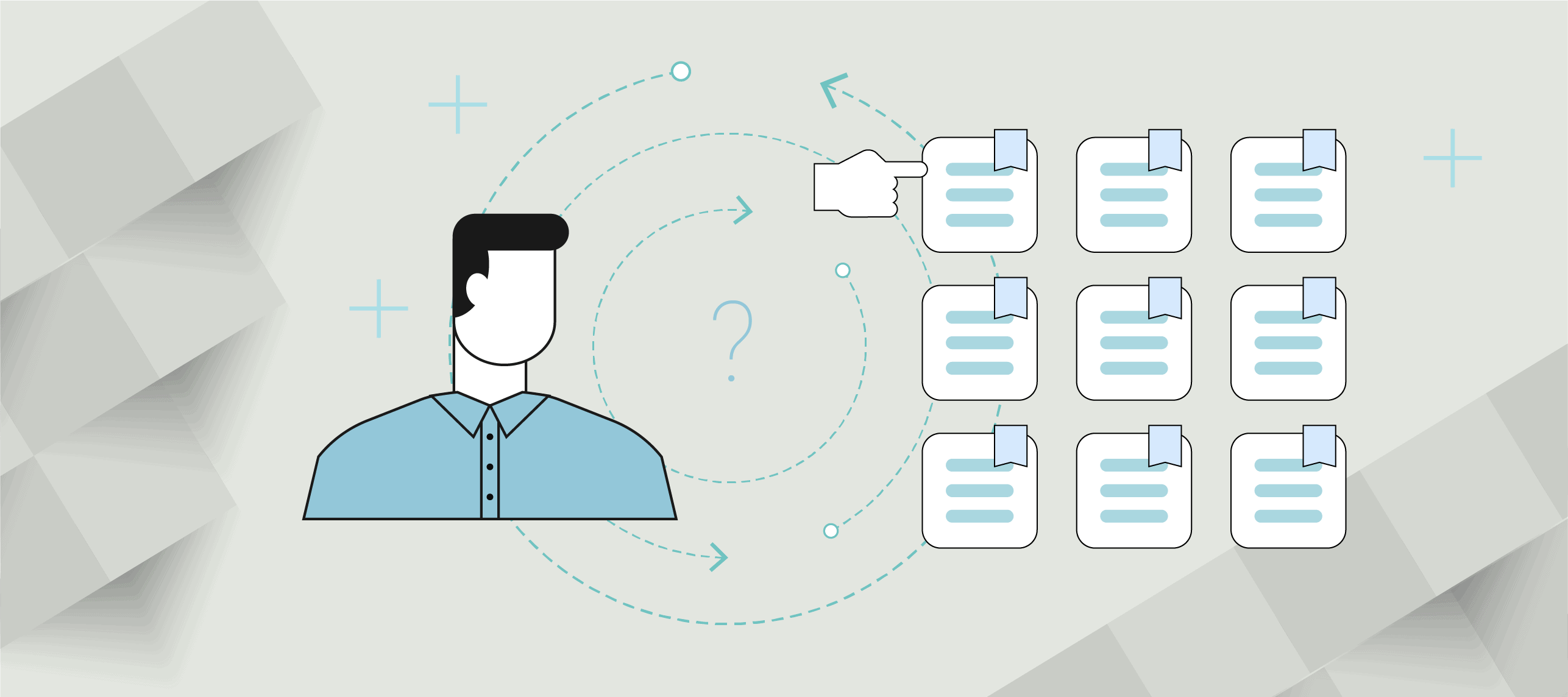7 minute read
Expert Charles Topping, founder and principal analyst at The Win-Loss Agency, discusses how you can enhance customer understanding and refine your product strategy through market research and customer interviews.
NIHITO stands for “nothing important happens in the office,” and it is a foundational principle utilized during the market visit of the Pragmatic Framework that should profoundly influence product leaders.
A key feature of this concept is that smart teams aren’t just ready to learn from their buyers—smart teams already know their buyers.
As the founder of The Win-Loss Agency and the principal facilitator at Market-Driven Business, I have done everything that you can do wrong while conducting NIHITO interviews, but more importantly, I’ve learned from those experiences.
So, I want to share those five years of learning on what to do and what not to do with you. And then ultimately, provide you the best practices that you can put into your own work every day as a product manager.
How are NIHITO interviews useful during a market visit?
Simply put, NIHITO Interviews are good at discovery and helping you better understand your customer.
Organizations today are collecting information from their apps or services, they are watching how users are interfacing with the software and even monitoring Google Analytics. That information then drives decisions.
What’s ultimately missing from that information is the, “why is this happening?” A NIHITO interview is an excellent strategy for allowing your buyer to explain to you why they are performing certain actions.
The most important thing that I want you to remember with NIHITO interviews is that they provide the context to all of the big data that you’re already collecting.
These interactions also help you monitor trends, obtain competitive intelligence and refine personas.
But of course, NIHITO interviews aren’t good at everything, specifically, validation.
We simply don’t have enough time on any given day to talk to enough people to reach some sort of statistical relevance.
We can conduct many interviews. We can confirm several hypotheses, but you still need to utilize data and surveys to validate.
When is the best time to conduct a NIHITO interview for your Market Visit?
Answer: All the time.
Change happens quickly and we need to stay on top of having these conversations.
I want to give you a really good pro tip here. Tie the research that you’re doing in your NIHITO interviews to the strategic goals of your business.
Oftentimes product teams proceed on a significant amount of research. They conduct market visit interviews, they analyze the interviews, and they learn all sorts of great things.
But what happens is they go to share it with the organization and another team says, “we’ve heard differently.”
This can be avoided by obtaining operational buy-in for your research before you even begin.
But, how? At the beginning of your project, talk to a sales lead, someone in development, another person in business or support, and ask what it is they want to know.
Now when you’ve developed research and you have something to share out, those people are already invested.
That’s a key element of being able to affect change within the organization, which of course is ultimately the goal of all of our NIHITO interviews.
What do you want to learn from your market visit?
The reason I ask is because when you are conducting your research it is a unique opportunity to hear from the market.
Your buyers know more than your leaders, sales and your development team about why your product is bought.
In your organization, when somebody has an idea, I want you to challenge each other to prove it. How do you know someone wants your solution if you’ve never asked?
So, our NIHITO interviews are going to be our primary discovery tool.
You’re going to say we’ve tried this before, and it was a massive time investment. So you don’t have time to do it, but the truth is neither does anyone else, right? No one has the time to do it.
The best way to learn from your customers is to reach out and listen to them habitually, with frequency and in an open format. I would like to show you how to do that.
What makes a program and the NIHITO program truly succeed is the planning that you put into it, so the first several steps are all about preparing before you schedule any interviews.
Step 1: Write Your Research Objective
Before even starting to schedule an interview for your market visit, you’ll need to set a clear, concise, deliberate and specific research objective.
What happens during this step is product teams set out to solve an extraordinarily large, ambiguous problem like “why do we win or lose” or “what problem can we solve.”
I don’t want you to do this. Instead, you’re going to write down questions that are answerable— not too broad or too small.
Here are some samples.
We want to …
- Better understand our product-market fit
- Refine our personas
- Better understand our buyer’s purchase-decision process
- Better understand our sales process
- Better understand our place in the competitive mix
Step 2: Define Your Lines of Questioning
We will reach the research objective by asking about relevant topics.
For example, if we want to know what the buying process is like for them, we can have questions that are specifically tailored to that like:
- Are our communications effective?
- How do we stand up against the competition?
- What features do they have that we don’t?
- How are we perceived before we started speaking with you?
- How did you learn about us?
The challenge is you have a maximum of 30 minutes to have a conversation with them.
So it’s simple enough to just write down a laundry list of three pages in a word document that you’re going to be asking these individuals. But what we want to do is narrow it down to something that we’re going to be able to complete in a reasonable time.
Now that we’ve got our lines of questioning, now we’re going to get down to some very specific questions.
What I would like for you to do is to pick one of the topic areas that you chose in the previous section. And I would like for you to write down two interview questions that ladder up into that topic.
Step 3: Ask Open-Ended Question
We want to ask open-ended questions that must be answered with long-form answers that provide as much information as you can get because these are our raw materials for performing our analysis.
If we ask some questions that could be answered yes or no, we won’t capture enough information to perform meaningful analysis.
The most useful question is what I like to call, “Why? Why? Why? Until they Cry.”
After a short series of “why” you’ll quickly identify the actual problem your customer was trying to solve.
Sometimes we get really cooperative participants, and sometimes they’re a little bit less cooperative. When they’re feeling a bit less cooperative, that “why” really is your friend, because it could get you one extra sentence that provides an extra building block that you’re going to need for your analysis.
The goal is as we prepare for an interview, we’ve laid it out on this template. Here’s this topic, here are these questions. And if you ask the questions in the same order every single time, then when you take your notes or you’ve got the information back after the call, you’ll find that it’s already pre sorted by category for you.
But I can’t reinforce enough how, for the busy product professional, if you want to succeed and habitually conduct NIHITO interviews, having a structure will prevent most of the challenges
Step 4: Identify Your Target Audience for Your Market Visit
We can’t speak with everyone, so we have to identify the best interviewees. One of the ways that we can do that is we can pull a list from Salesforce or ask the sales team — whoever it is that you’re keeping track of your customers and your CRM.
We want to identify recent evaluators in the market. Specifically, people who, within the last 60 days, have engaged your organization. I’ll tell you why–those evaluators have recently looked at your competition.
They’ve looked at every available solution within the marketplace right now. If you’re only going to speak to one person, or if you’re only going to speak to a few people, those recent evaluators are going to have the most information to be able to help you out.
You have to be tenacious when finding the people, and the right people for your interviews. Call whoever it is you can call. You’re going to go out and maybe one in ten are going to respond to you.
If you’re not incentivizing your program with gift cards, those recent evaluators are your best option because they’ve been engaged with your sales team.
You can ask your sales team to provide what’s called a warm handshake or an introductory email that says, “my friend over here in product is looking to learn more about your experience. Would you mind just having a quick conversation with them? We’d really appreciate that as part of a continuous learning process.”
Then, you can respond to that person and arrange for the interview to happen. That’s going to be your best chance for getting interviews.
Step 5: Make the Call [Practice Demo Call Exercise]
Listen to the following demo call. While you listen, try to take notes by capturing the main points and writing a pull quote.
The power of the NIHITO interview is the next time you go into a pitch meeting where you need to convince people that you’ve done your research, you throw up a quote that perfectly encapsulates the idea or their feelings and you’ve won.
Step 6: Transcripts and Notes
In the demo conversation, you might find taking notes challenging. If you are the interviewer, notes will slow down the free flow of conversation.
So how do we solve this problem? Recording and transcription software, and there are plenty of low-cost options. AI transcription services are not only nearly instant, but accuracy is improving too.
And so if we go through our project and we have 10 calls, we need to summarize those calls utilizing the topics and pull quotes.
At this point, we’ve done the interview in a way that it didn’t eat up all of our time that we can keep on doing it. And we also have a searchable record of what it was that people said.
Step 7: Tell Everyone About Your Market Visit
Tell anyone who will listen what you have learned during your market visit because the goal of every NIHITO interview is to affect change within the organization.
Also, because we planned a little bit, we got buy-in from everybody before we even started interviewing. People in the organization are ready to hear what it is you have to say.
Now, you just have to keep doing the work by making it a priority so it’s not lost in an effort to complete all the other tasks. It can be a part of your weekly, monthly or quarterly workflow. Over time, you’ll build a powerful database of interviews that can help your business make decisions.
Author
-

Charles Topping, a market researcher, workshop facilitator, and product process geek, boasts 6 years of expertise. He contributed significantly to Product Growth Leaders, Quartz Open Framework, and Market-Driven Business. His skills in workshops and market-driven strategies make him a valuable asset. For questions or inquiries, please contact [email protected].
View all posts








